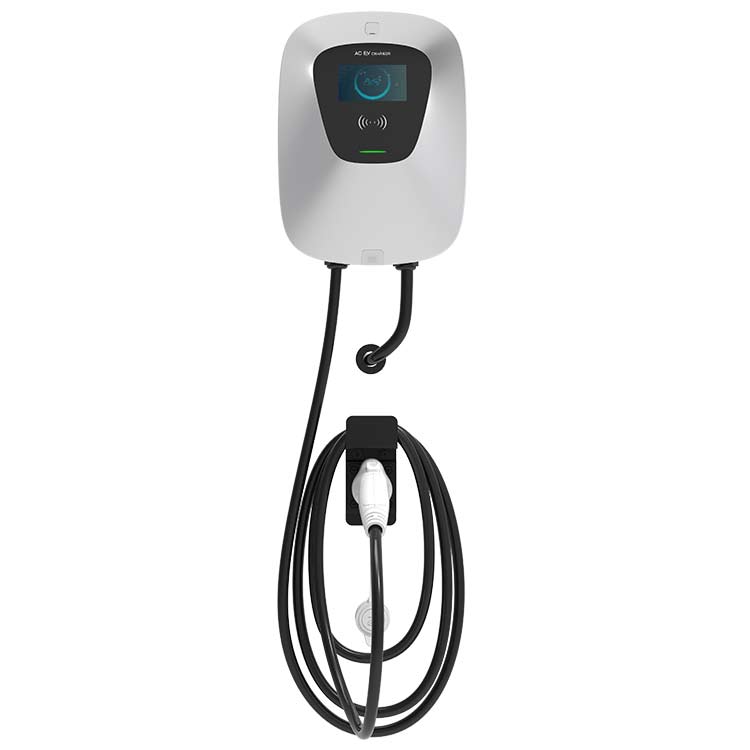
Products
Fast, Reliable, Everywhere

Solutions
Efficient, Innovative EV Charging Solutions.
News
We are committed to the innovation and application of EV charging.
The three EV charging methods are as follows:
This is the slowest type of EV charging, and it entails connecting the car to a regular 120-volt home outlet with the provided charging cable. They have a maximum range obtained from level 1 charging per hour of charging.

This quicker method of charging an electric vehicle needs a special 240-volt circuit, much like the one used for an electric range or dryer. Level 2 charging, frequently available at public and in-home charging stations, generally offers a maximum range per hour of charging.
The quickest method of EV charging, DC fast charging, may supply up to 80% of the battery capacity in about 20 to 30 minutes. Public charging stations near highways and busy thoroughfares are frequently equipped with DC Fast Charging capabilities.
What are the three types of EV charging? Electric vehicle (EV) charging may be divided into three categories: Level one, Level two, and Level three (sometimes called direct current rapid charging). Depending on the circumstances and requirements of the EV driver, each charging method has a distinct set of advantages. Here are a few advantages of each pricing method:
What are the three types of EV charging? Three different EV charging methods, Level one, Level two, and direct current, can be advantageous for several reasons:
Different charging techniques are ideal for various scenarios and offer differing charge speeds. While Level 2 charging, which utilizes a 240V outlet and offers quicker charging, is appropriate for charging at home, work, or public charging stations, Level 1 charging, which uses a typical household outlet, is practical for overnight charging at home. The quickest option, DC rapid charging, is best for long-distance travel.
Having a variety of charging choices available gives you freedom and security. You can choose a different charging method if the first one isn't working. Additionally, certain charging alternatives can be more economical based on your particular charging requirements.
Using various charging techniques might help keep your EV battery in good condition. The DC rapid charging technique might produce more heat and put more stress on the battery, whereas Level 1 charging is the slowest approach and puts less strain on the battery. The battery's longevity can be increased by balancing the stress placed on it by using various charging techniques.
Having access to many charging options might help you feel less anxious if you're concerned about running out of juice while driving. When travelling long distances, DC rapid charging, for instance, can give a large range boost in a short time.
Electric vehicles are becoming increasingly well-liked as a practical and sustainable substitute for conventional gasoline-powered automobiles. The demand for effective and dependable charging infrastructure grows as more people choose electric vehicles. What are the three types of EV charging? The three basic charging infrastructures are level one, Level two, and direct current charging. Our company has a lengthy history of producing AC and DC chargers for electric vehicles in foreign markets. The PIWIN has extensive expertise working with Fortune Global 500 companies, manufacturers of new energy vehicles, and foreign-listed companies. It also has its own EV charging technology.
